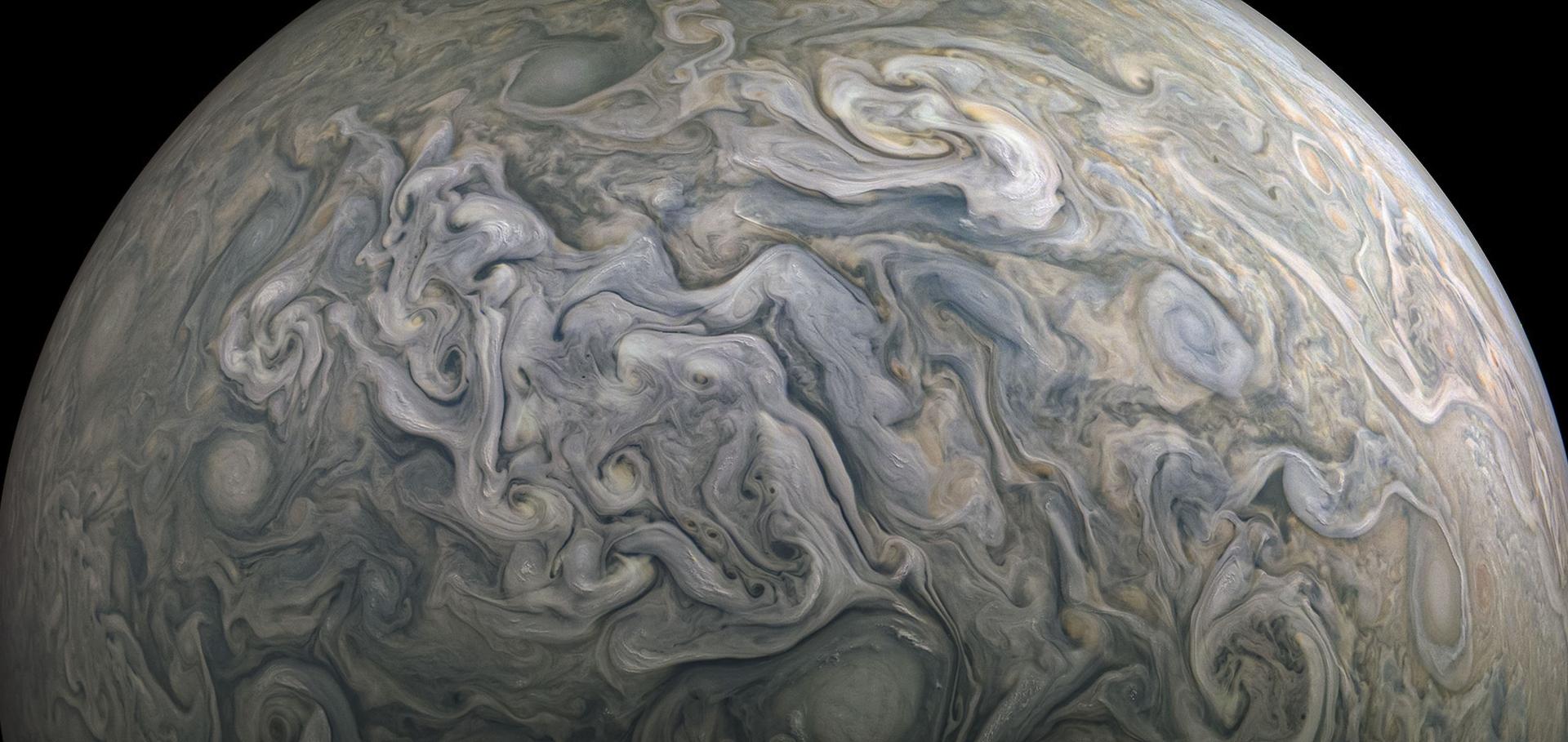The Latent Heating Feedback on the Mid‐Latitude Circulation
Geophysical Research Letters Wiley 52:18 (2025) e2025GL116437
Abstract:
Plain Language Summary: Midlatitude storms transport water vapor poleward and upward. When ascending, the air cools, causing the vapor to condense, releasing latent heat. The latent heating boosts the ascent in which it occurs and amplifies the storms originally responsible for the heating. This circular chain of events couples latent heating and storms in a nonlinear relationship we call the latent heating feedback. We simulate an atmosphere where latent heating is static and not a consequence of warm, moist air ascending. Comparing this to an atmosphere with realistic latent heating, we show that realistic latent heating leads to more intense storms traveling further poleward, especially west of North America and Europe. Simultaneously, the longitudinally averaged jet streams and storms respond by retracting toward the equator, leaving reduced westerlies and a double jet tendency over North America and Europe. Previous works tend to focus on the effect of latent heating on the average atmospheric state. Our work shows that this effect is only part of the story and that the latent heating effect on storms directly causes regional differences that climate models struggle with.Impact of Asian Summer Monsoon on the 2021 Pacific Northwest Heatwave: Can It? Did It?
Geophysical Research Letters Wiley 52:18 (2025) e2025GL117205
Abstract:
Plain Language Summary: The Pacific Northwest (PNW) experienced a record‐breaking heatwave during the summer of 2021, resulting in significant adverse effects on both human society and ecosystems. A heavy rainfall band was observed stretching from south China to south of Japan 1 week prior to the heatwave, fueling the debate over whether the monsoon activity contributed to this event. Our study found that while the monsoon activity typically has a cooling effect on the PNW's climate, in this particular year, it had a warming effect and thus contributed to this specific heatwave. This unusual warming effect was driven by a stronger and more northward‐shifted Pacific jet stream, which altered the extratropical response to the monsoon, resulting in an anticyclonic pattern over the PNW instead of the typical cyclonic response seen under average climatic conditions. Therefore, it is important to distinguish between the general question of whether monsoon can influence such events on average, and the specific question of whether it did in any specific case. We argue that when discussing the influence of large‐scale climate drivers on extremes, it is crucial to clearly state whether the focus is on the general potential for influence or on the specific role in a particular event.Robust impact of tropical Pacific SST trends on global and regional circulation in boreal winter
npj Climate and Atmospheric Science Nature Research 8:1 (2025) 315
Abstract:
Evidence has emerged of a discrepancy in tropical Pacific sea surface temperature (SST) trends over the satellite era, where most coupled climate models struggle to simulate the observed La Niña-like SST trends. Here we highlight wider implications of the tropical Pacific SST trend discrepancy for global circulation trends during boreal winter, using two complementary methods to constrain coupled model SST trends: conditioning near-term climate prediction (hindcast) simulations, and pacemaking coupled climate simulations. The robust circulation trend response to constraining the tropical Pacific SST trend resembles the interannual La Niña response. Constraining tropical Pacific SST robustly reduces tropical tropospheric warming, improving agreement with reanalyses, and moderately shifts the zonal-mean jets poleward. It also improves surface air temperature and precipitation trends in ENSO-sensitive regions, such as the Americas, South Asia, and southern Africa. Our results underline the importance of tropical Pacific SST for achieving confidence in multidecadal model projections.The role of internal variability in seasonal hindcast trend errors
Journal of Climate American Meteorological Society (2025)
Abstract:
Abstract Initialised hindcasts inherit knowledge of the observed climate state, so studies of multidecadal trends in seasonal and decadal hindcast models have focused on the ensemble-mean when benchmarking against observed trends. However, this neglects the role of short-timescale variability in contributing to longer-term trends, and hence trend errors. Using a single-model coupled hindcast ensemble, we generate a distribution of 10,000 hindcast trends over 1981-2022 by randomly sampling a single ensemble member in each year. We find that the hindcast model supports a wide range of trends in various features of the large-scale climate, even when sampled at leads of just 1-3 months following initialisation. The spread in hindcast global surface temperature trends is equivalent to approximately a sixth of the total observed warming over the same period, driven by large seasonal variability of temperatures over land. The hindcasts also lend support for observed poleward jet shifts, but the magnitude of the shifts varies widely across the ensemble. Our results show that a fair comparison of hindcast trends to observations should consider the full range of model trends, not only the ensemble mean. More broadly, we argue that the hindcast trend distribution offers a largely untapped tool for studying multidecadal climate trends in a very large ensemble, through exploiting existing hindcast data.Data-Driven Stochastic Parameterization of MCS Latent Heating in the Grey Zone
Copernicus Publications (2025)


